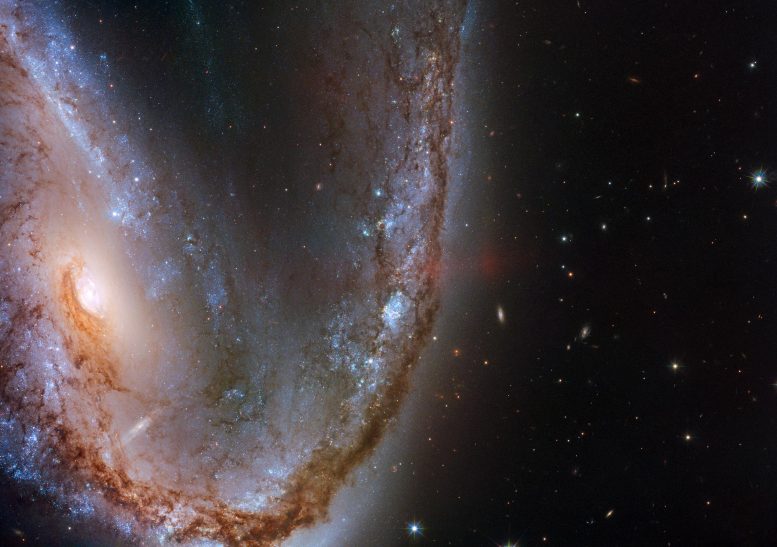
This spectacular image of galaxy NGC 2442 was captured by the NASA/ESA Hubble Space Telescope. Credit: ESA/Hubble & NASA, S. Smartt et al.
This image from the NASA/ESA Hubble Space Telescope features the spectacular galaxy NGC 2442.
This galaxy was host to a supernova explosion, known as SN2015F, that was created by a white dwarf star. The white dwarf was part of a binary star system and siphoned mass from its companion, eventually becoming too greedy and taking on more than it could handle. This unbalanced the star and triggered runaway nuclear fusion that eventually led to an intensely violent supernova explosion.
SN2015F was spotted in March 2015 in the galaxy named NGC 2442, nicknamed the Meathook Galaxy owing to its extremely asymmetrical and irregular shape. The supernova shone brightly for quite some time and was easily visible from Earth through even a small telescope until later that summer.
Credit: Changsu Choi & Myungshin Im (Seoul National University)
Sit back and watch a star explode. The actual supernova occurred back when dinosaurs roamed the Earth, but images of the spectacular event began arriving in 2015. Supernova 2015F was discovered in nearby spiral galaxy NGC 2442 by Berto Monard in 2015 March and was unusually bright — enough to be seen with only a small telescope. The pattern of brightness variation indicated a Type Ia supernova — a type of stellar explosion that results when an Earth-size white dwarf gains so much mass that its core crosses the threshold of nuclear fusion, possibly caused by a lower mass white-dwarf companion spiraling into it. Finding and tracking Type Ia supernovae are particularly important because their intrinsic brightness can be calibrated, making their apparent brightness a good measure of their distance — and hence useful toward calibrating the distance scale of the entire universe. The featured video tracked the stellar disruption from before explosion images arrived, as it brightened, and for several months as the fission-powered supernova glow faded. The remnants of SN2015F are now too dim to see without a large telescope.

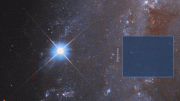
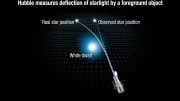
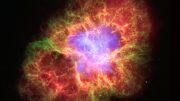
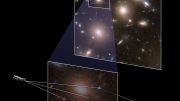
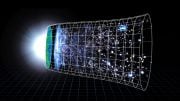
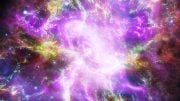
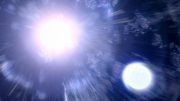
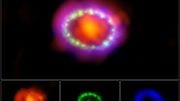
Next to last sentence – was this a fission or fusion-powered supernova? I always thought fission provided less of a big bang and this seemed like a pretty big bang…
I think the fission part was a typo. Its energy is from little things slamming together to make bigger things. Pretty amazing video!
While we’re on the subject of (super)novae: Did anyone else see this? Early this AM I went out & immediately spotted an extra star in Auriga. It seemed not to move at all, so it wasn’t the typical satellite apparition. Within a few minutes, though, it faded away unexplained.
Stars (and supernovae) are always fusion-powered, building heavier elements from light ones. Once the bang happens, there are often unstable (radioactive) elements in the debris, which can decay and provide much additional light output. Small amounts of fissile elements (e.g., Uranium) may be produced, too, and fission could occur, but it’s small compared to fusion and radioactive decay.
Ignorant of the so many facts and nuances behind these amazing events I just can but remain in an unbelieved shocked picturing and tracing this even around the time of our dinosaurs here on earth. It’s really facinating, just to think about it while watching the date it was recorded. Thanks, great to see this!